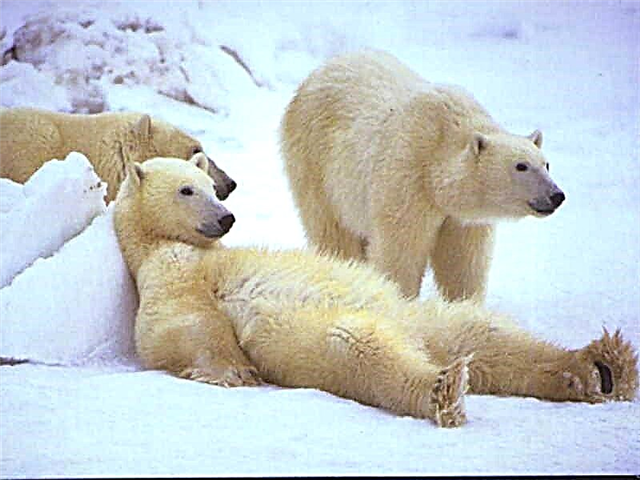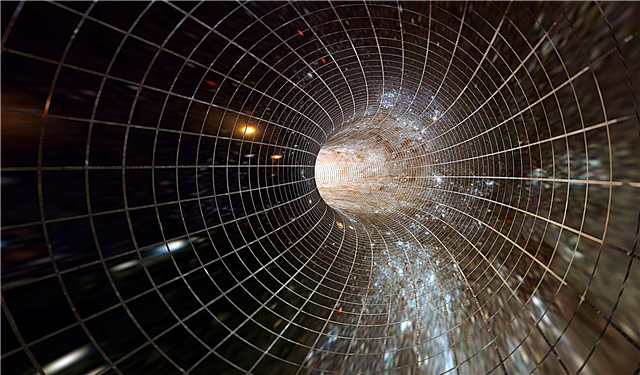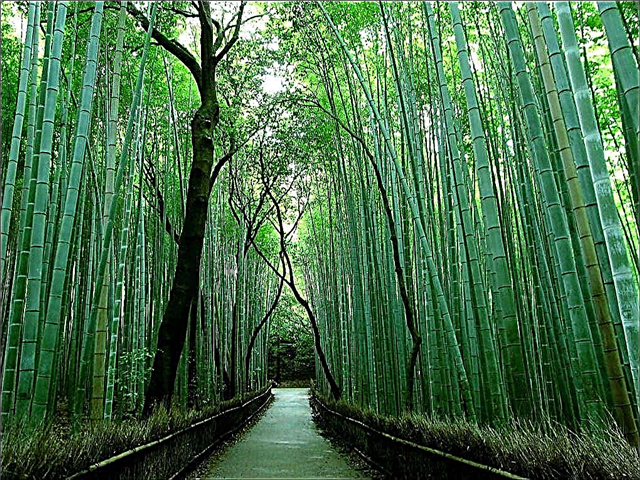
Today, science is moving forward in broad strides, and people can predict and predict many natural phenomena in advance, including natural disasters. Is it possible today to predict such geological disturbances? How do scientists do it? The answers to these questions interest a lot of people, primarily those who live in seismically dangerous areas.
Science has provided mankind with certain opportunities in predicting geological disasters, although forecasts are not always completely accurate. It is worth talking about how they are made.
What causes earthquakes?
Earthquakes are a consequence of geological processes occurring in the mantle and the earth's crust. Lithospheric plates move, and in a normal situation this movement is hardly noticeable. However, stress accumulates on faults of the crust due to uneven movement, which causes an earthquake. These phenomena are not observed everywhere, they are characteristic of geologically troubled places at the junctions of the earth's crust. The most unstable place is the so-called "ring of fire", stretching along the outskirts of the Pacific Ocean. It frames the largest lithospheric plate of the planet on which this ocean is located.
Any, even the slightest movement of such a mass of the earth’s crust cannot proceed painlessly, therefore earthquakes along its periphery occur constantly.There is also a massive volcanic activity.
Past Earthquake Predictions

People have long sought to predict natural disasters. The first successful steps in this direction were taken thousands of years ago in geologically troubled regions. In China, ancient scientists were able to create an unusual vase found by modern archaeologists during excavations. Ceramic dragons sit on the edge of the vase, each holding a ball in his mouth. At the slightest oscillation of the earth, the forerunners of an impending earthquake, the balls fell out of the mouth of dragons - primarily from the source of the future earthquake. So people could find out in time about an imminent disaster, and even about which side the focus of the cataclysm will be on.
Japan also had its own achievements - this country has always been a troubled place. Here people relied more on observations of nature. Before the earthquake, near-bottom fish rise to the upper layers of the water, catfish are especially worried. This was noticed by fishermen, who each time in such cases rushed home to warn relatives about the impending disaster.
Interesting fact: Catfish in Japanese legends is seen as a fish symbolizing land and stability. Perhaps this is due precisely to the fact that in a calm geological situation, the fish swims peacefully and leisurely at the bottom, and before the earthquakes begins to rush around, seek refuge.
It was also noted that the fire burning on a candle or torch sharply goes down before earthquakes, while the candle burns very quickly.This is due to geomagnetic changes that occur before the cataclysm. Also everywhere, people noted the anxiety of pets, their desire to leave the house before the disaster. Guided by these and other signs, people of the past often managed to save themselves, their loved ones, or property, leaving home and city on time.
Modern methods of earthquake prediction

Today earthquakes are used to prevent earthquakes. These devices are particularly sensitive sensors that detect any vibration on the surface of the earth. Since microshocks are first observed before any earthquake, the device gives fairly accurate predictions. He captures these precursors and transmits information to scientists who warn people through the media. Today, an individual small seismograph can be at the disposal of each individual person - there are individual seismic monitors on sale that record changes and transmit them within the network, which allows you to receive warnings and send them.
In addition, there are devices that receive electromagnetic signals from the surface of the earth that occur before earthquakes. This is also an effective method of predicting natural disasters, and the most accurate result can be obtained by combining the first and second signals. This is exactly what they do at modern seismic stations.
Water also changes its behavior in the face of a disaster, especially for groundwater.Scientists make wells, observation of which gives a fairly accurate result. Due to the movement of the earth's masses, the water in the wells may become cloudy, suddenly heat up, its level usually changes.

Space geodesy also works well - satellites track the situation in marked seismically hazardous areas, transmitting information about the slightest changes. The most effective way such a system is implemented in modern Japan, at the moment it is sought to implement around the world. In part, it is also present in Russia, in Kamchatka.
Thus, earthquakes are predictable, although the accuracy of forecasts is not always ideal. Sometimes the phenomenon does not occur - despite the fact that microscopic tremors, which usually warn of this, have been observed for several days. Sometimes false warnings are broadcast. But in any case, modern scientists manage to warn the local population.












